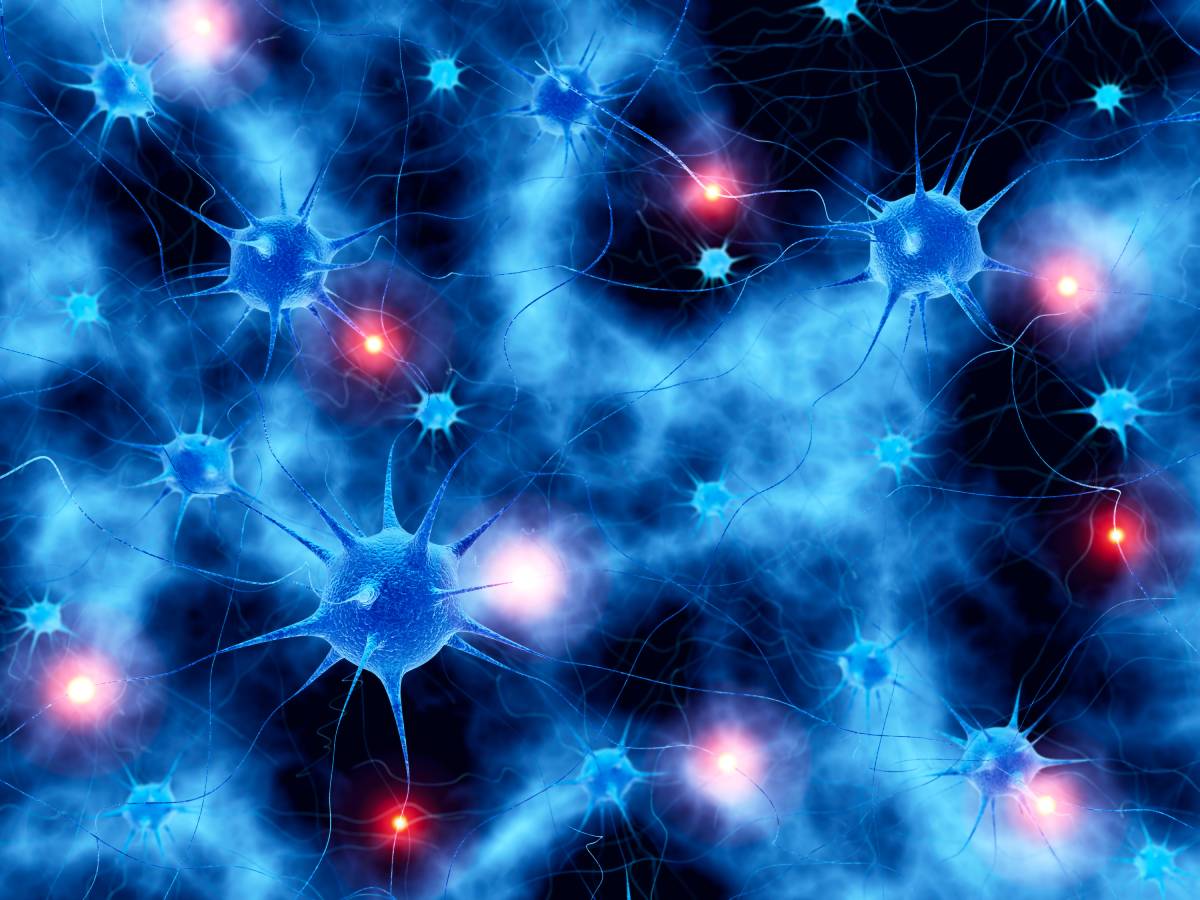Anesthesia on the Brain: Waking the Brain Post-Surgery

Traditionally, the scientific model of anesthetic action on neural activity has proposed a “wet blanket” effect, which assumes the effects of anesthesia are globally and evenly distributed throughout the brain, dampening neuronal firing and creating an artificial sleep. In recent years, growing amounts of research are contesting the non-specificity of the “wet blanket”, showing specific brain regions are at the root of different anesthetic effects, for example amnesia, which is highly correlated by effects on the hippocampus (1). If anesthesia is not a “wet blanket,” as conventional research suggests, might there be a specific method of waking the brain, rather than passively waiting for natural elimination of anesthetic agents?
The parabrachial nucleus (PBN), a neural region located at the dorsal end of the ascending reticular activating system of the brainstem, is known for its role in wakefulness and arousal. Studies on rats with lesions in the PBN show increases in both REM and N-REM sleep. This area also projects to other structures that are well-established to be significant in arousal – the basal forebrain, thalamus, lateral hypothalamus, and the cortex (2).
General anesthetics used in surgical operating rooms appear to reduce activation in the PBN and increase the power of cortical delta oscillations, decreasing arousal by manipulating natural wake-sleep rhythms in the body. This effect is consistent in commonly used anesthetics such as propofol, isoflurane, and sevoflurane (2, 3, 6). However, for other common anesthesia agents like dexmedetomidine and ketamine, the effect on the brain is more nuanced. In a controlled experiment of 39 adult male rats that used delta power as a proxy for neural arousal, researchers found that exciting PBN neurons reduced delta power only during low dose dexmedetomidine infusion. During high dose dexmedetomidine infusions, as well as infusions of both low and high levels of ketamine dosage, parabrachial neuron excitation was less or not at all effective at diminishing delta oscillations (4). Interestingly, parabrachial excitation during administration of high dose ketamine even prolonged the recovery time in subjects rather than speeding up the waking process, suggesting very variable effects on the brain for different types of anesthesia.
The authors suggest the differing molecular targets of these two anesthetics may be the cause of their varying effects on delta power reduction. As aforementioned, the basal forebrain is one of the PBN’s primary projections. It is therefore possible that stimulation of the PBN causes release of cortical acetylcholine, the parasympathetic nervous system’s main excitatory neurotransmitter (5). Dexmedetomidine, in contrast to ketamine, does not decrease or otherwise change cortical acetylcholine levels; thus, excitation of the PBN with dexmedetomidine may lead to an overabundance of acetylcholine, culminating in delta power reductions and neurophysiological arousal (4). What’s more, ketamine is unlike the GABAergic anesthetics and dexmedetomidine in its direct cortical effects, most notably, its disinhibition of cortical neurons. It is used as an anesthetic because it induces an overall excitatory effect via inhibition of local interneurons, the “messengers” or mediators of afferent-efferent signaling (7). However, because excitation of the PBN also causes excitation of the cortex, it likely comes into conflict with the direct disinhibitory effect of ketamine, creating a null effect and preventing physiological arousal.
A growing body of research asks if the “wet blanket” approach to anesthesia is too simplistic. Different anesthetic compounds create varying effects on neural activity, leading to a newer proposed model of anesthesia on the brain described as a “patchwork quilt” that opens new avenues for research into how waking the brain works.
References
- Voss, L., & Sleigh, J. W. (2021). Anesthesia mechanisms: A patchwork quilt rather than a wet blanket? Anesthesiology, 135(4), 568–569. https://doi.org/10.1097/ALN.0000000000003879
- Wang, T. X., Xiong, B., Xu, W., Wei, H. H., Qu, W. M., Hong, Z. Y., & Huang, Z. L. (2019). Activation of parabrachial nucleus glutamatergic neurons accelerates reanimation from sevoflurane anesthesia in mice. Anesthesiology, 130(1), 106-118. https://doi.org/10.1097/ALN.0000000000002475
- Luo, T., Yu, S., Cai, S., Zhang, Y., Jiao, Y., Yu, T., & Yu, W. (2018). Parabrachial neurons promote behavior and electroencephalographic arousal from general anesthesia. Frontiers in Molecular Neuroscience, 11, 420. https://doi.org/10.3389/fnmol.2018.00420
- Melonakos, E. D., Siegmann, M. J., Rey, C., O’Brien, C., Nikolaeva, K. K., Solt, K., & Nehs, C. J. (2021). Excitation of putative glutamatergic neurons in the rat parabrachial nucleus region reduces delta power during dexmedetomidine but not ketamine anesthesia. Anesthesiology, 135(4), 633-648. https://doi.org/10.1097/ALN.0000000000003883
- Belousov, A. B., O’Hara, B. F., & Denisova, J. V. (2001). Acetylcholine becomes the major excitatory neurotransmitter in the hypothalamus in vitro in the absence of glutamate excitation. The Journal of neuroscience : the official journal of the Society for Neuroscience, 21(6), 2015–2027. https://doi.org/10.1523/JNEUROSCI.21-06-02015.2001
- Common medications used in anesthesia. (n.d.). Retrieved from https://www.aegisanesthesiapartners.com/common-medications-used-anesthesia/
- Homayoun, H., & Moghaddam, B. (2007). NMDA receptor hypofunction produces opposite effects on prefrontal cortex interneurons and pyramidal neurons. Journal of Neuroscience, 27(43), 11496–11500. https://doi.org/10.1523/JNEUROSCI.2213-07.2007
